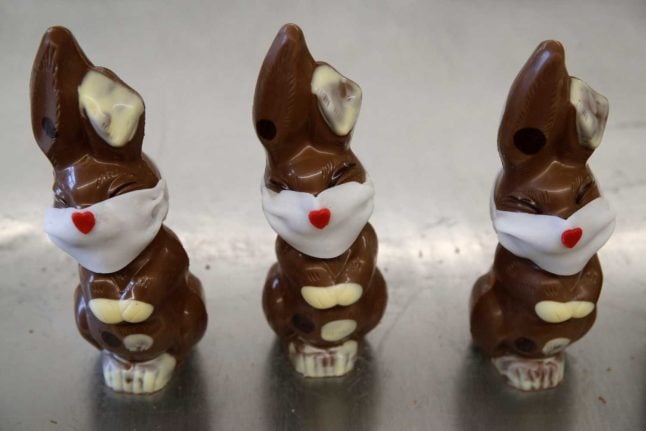A gunman known to local police and identified by local media as 50-year-old Man Haron Monis held 17 employees and customers at the Lindt Chocolate Café in Martin Place.
Police officials declared the siege was over almost 17 hours after it started when numerous hostages left the café just before officers stormed the place and gunfire could be heard in TV video footage.
Police confirmed the hostage-taker died along with two of the hostages, a 34-year-old man and a 38-year-old woman, while others were injured.
The café in 2004 became the first of four such outlets to open in the Australian city.
Now there are a total of eight Lindt cafés in Australia, with the other four located in Melbourne.
"We are devastated by the loss of their lives and that several others were wounded and had to experience such trauma," Lindt said in a statement.
The Zurich-based chocolatier does not have any such cafés in its home base of Switzerland or anywhere else in the world, although there are reported plans for one in the US.
Images of the café in Sydney's central business district beamed around the world on Monday, as the hostage taker forced two women hostages to brandish a black Islamic banner with an inscription in Arabic against the café’s window.
A photo taken by Channel 7 news shows the women holding the banner above the Lindt logo below which the words Merry Christmas are printed on the glass.
News reports said five people had initially managed to leave the café.
After more than 15 hours, at least five more hostages were seen leaving the café, some with their hands up after a noise that sounded like a bang was heard in the building.
“We would like to thank everyone for their thoughts and kind support over the current situation at the Lindt Café at Martin Place,” Lindt said in an earlier statement published on its Australian website at the onset of the drama.
“We are deeply concerned over this serious incident and our thoughts and prayers are with the staff and customers involved and all their friends and families,” the statement said.
“The matter is being dealt with by the authorities and we are waiting for any updates from them.”
One of the first hostages to leave the café runs toward a policeman. Photo: AFP
See also: SWEDES WITNESS SYDNEY CAFE HOSTAGE DRAMA
The Lindt cafés are part of a chocolate empire founded in 1899 by Rodolphe Lindt, the son of a Bern pharmacist, and Rudolf Sprüngli, a Zurich pastry chef and chocolatier.
The company is now a global giant with sales last year of 2.88 billion francs ($2.97 billion).
Lindt has expanded beyond its Zurich base to operate six production sites in Europe and two in the US.
The company says it distributes its products in 100 countries around the world.



 Please whitelist us to continue reading.
Please whitelist us to continue reading.
Member comments